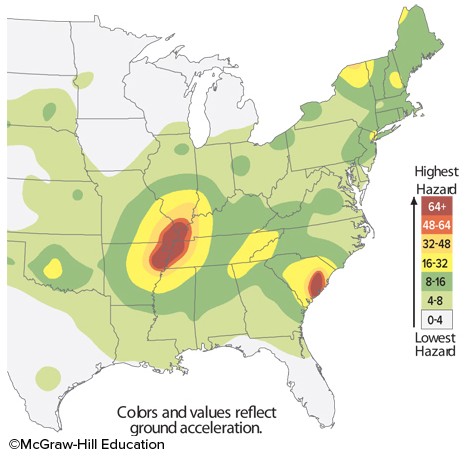What is the current situation for native land rights in Australia?
What will be an ideal response?
Indigenous peoples in both Australia and New Zealand have used the political process to gain more control over land and resources in their two countries. The strategies these native groups have used parallel similar efforts in North America and elsewhere. In Australia, Aboriginal groups are discovering newfound political power from both more effective lobbying efforts by native groups and a more sympathetic federal government, interested in rectifying historical discrimination that left native peoples with no legal land rights. In recent years, the Australian
government established several Aboriginal reserves, particularly in the Northern Territory, and expanded Aboriginal control over sacred national parklands such as Uluru (called Ayers Rock by the British settlers). Further concessions to indigenous groups were made in 1993, when the government passed the Native Title Bill, which compensated Aborigines for lands already given up and gave them the right to gain title to unclaimed lands they still occupied. The bill also provided them with legal standing to deal with mining companies in native-settled areas.
You might also like to view...
Areas along the shores of the Great Lakes often experience a lake breeze circulation. Are these winds different than those associated with a sea breeze circulation? Explain.
What will be an ideal response?
Late Cretaceous to early Tertiary age, coal deposits were higher grade coal than the Pennsylvanian age deposits found in the eastern United States
Indicate whether the statement is true or false
The shaded areas on this map have significant earthquake risks because
A. the area is over a subduction zone. B. stress generated on far-off plate boundaries can reactivate ancient faults. C. the area is near an active plate boundary. D. there are many active strike-slip faults.
Mid-ocean ridges are higher than surrounding oceanic crust primarily because
A. two plates are colliding. B. the lithosphere is thinner and hotter. C. the crust is thicker. D. the crust is stronger. E. transform faulting uplifts the rocks.